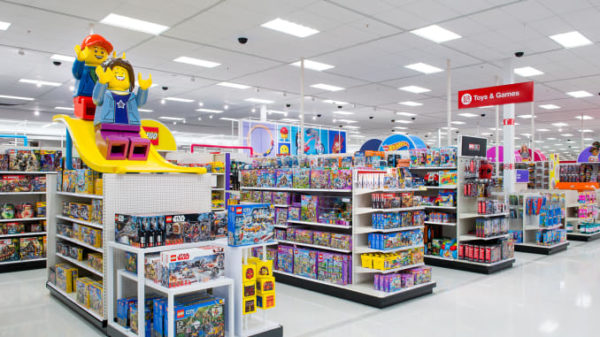

Enterprise SaaS and retailers have more in common than you might think.
Let’s think about retailers for a minute. Retailers drive growth in two ways:
- They open new stores
- They increase sales at existing stores
Opening new stores is great, but it’s an expensive way to drive new sales and requires a lot of up-front investment. It’s also risky because, despite having a small army of MBAs working to determine the right locations, sometimes new locations just don’t work out. Blending the results of these two different activities can blur what’s really happening. For example, consider this company:

Things look reasonable overall, the company is growing at 17%. But when you dig deeper you see that virtually all of the growth is coming from new stores. Revenue from existing stores is virtually flat at 2%.
It’s for this reason that retailers routinely publish same-store sales in their financial results. So you can see not only overall, blended growth but also understand how much of that growth is coming from new store openings vs. increasing sales at existing stores.
Now, let’s think about enterprise software.
Enterprise software vendors drive growth in two ways:
- They hire new salesreps
- They increase productivity of existing salesreps
Hiring new salesreps is great, but it’s an expensive way to drive new sales and requires a lot of up-front investment. It’s also risky because, despite having a small army of MBAs working to determine the right territories, hiring profiles and interviewing process, sometimes new salesreps just don’t work out. Blending the results of these two different activities can blur what’s really happening. For example, consider this company:

If you’re feeling a certain déjà vu, you’re right. I simply copy-and-pasted the text, substituting “enterprise software vendor” for “retailer” and “salesrep” for “store.” It’s exactly the same concept.
The problem is that we, as an industry, have basically no metric that addresses it.
- Revenue, bookings, and billings growth are all blended metrics that mix results from existing and new salespeople [1]
- Retention and expansion rates are about cohorts, but cohorts of customers, not cohorts of salespeople [2]
- Sales productivity is typically measured as ARR/salesrep which blends new and existing salesreps [3]
- Sales per ramped rep, measured as ARR/ramped-rep, starts to get close, but it’s not cohort-based, few companies measure it, and those that do often calculate it wrong [4]
So what we need is a cohort-based metric that compares the productivity of reps here today with those here a year ago [5]. Unlike retail, where stores don’t really ramp [6], we need to consider ramping in defining the cohort, and thus define the year-ago cohort to include only fully-ramped reps [6].
So here’s how I define same-rep sales: sales from reps who were fully ramped a year ago and still here.
Here’s an example of presenting it:

The above table shows same-rep sales via an example where overall sales growth is good at 48%, driven by a 17% increase in same-rep sales and an 89% increase in new-rep sales. Note that enterprise software is a business largely built on the back of sales force expansion so — absent an acquisition or new product launch to put something new in sale’s proverbial bag — I view a 17% increase in same-rep sales as pretty good.
Let’s conclude by sharing a table of sales productivity metrics discussed in this post that I think provides a nice view of sales productivity as related to hiring and ramping.

The spreadsheet I used for this post is available for download, here.
# # #
Notes
[1] Billings is a public company SaaS metric and typically a proxy for bookings.
[2] See here for my thoughts on churn
[3] Public companies never release this but most public and private companies track it.
[4] By taking overall new ARR (i.e., from all reps) and dividing it by the number of ramped reps, thus blending contribution from both new and existing reps in the numerator. Plus, these are usually calculated on a snapshot (not a cohort) basis.
[5] This is not survivor-biased in my mind because I am trying to get a productivity metric. By analogy, I believe stores that closed in the interim are not included in same-store sales calculations.
[6] Or to the extent they do, it takes weeks or months, not quarters. Thus you can simply include all stores open in the year-ago cohort, even if they just opened.
[6] I am trying to avoid seeing an increase in same-rep sales due to ramping — e.g., someone who just started in the year-ago cohort will have year sales, but should increase to full productivity simply by virtue of ramping.
Related
(Cross-posted @ Kellblog)

